ЗЕМЛЯ ТА КРОВ ІІ ніж ручної роботи ПАВЛА ГОНЧАРЕНКА, сталь - CPM® REX® 121™, 68-69 HRC
- Виробник: Майстерня ножів ручної роботи Павла Гончаренка
- Модель: ЗЕМЛЯ ТА КРОВ ІІ - ніж ручної роботи майстра Павла Гончаренка
| Загальна довжина клинка mm: | 280±05 мм |
| Матеріал леза | Клинок зі сталі REX121 в ламінаті з нержавіючого дамаску |
| Твердість клинка (метал): | Загартованість - 68-69 HRC |
| Матеріал руків'я: | Ріг буйвола, стабілізований зуб мамонта, нейзельбер, мозаічна темлячна трубка. Темляк зі шкіряного шнура 3мм. Бусина з рога буйвола і зуба мамонта |
| Довжина леза | 145±05 мм |
- Наявність: В наявності
Доступні варіанти
Опис
ТЕХНІЧНІ ХАРАКТЕРИСТИКИ:
Назва ножа: ЗЕМЛЯ ТА КРОВ ІІ ніж ручної роботи ПАВЛА ГОНЧАРЕНКА, сталь - cpm121rex™, 68-69 HRC
Тип ножа: Фіксований клинок
Бренд: Студія "Ножі ручної роботи Павла Гончаренка"
Кут заточення леза: Загострений на 36 градусів
Спуски: Прямі
Зведення: 0.2 мм
Твердість леза: 68-69 HRC
Загальна довжина: 280 мм
Довжина леза: 145 мм
Ширина леза: 34 мм
Товщина леза: 4.0 мм
Довжина руків'я: 135 мм
Товщина руків'я: 32 мм
Матеріал больстера (гарда) та тильника: Ріг буйвола
Матеріал руків'я: Ріг буйвола, нейзельбер, стабілізований зуб мамонта, гібрид зі стабілізованого капа клена та акрилу, мозаїчна темлячна трубка. Темляк з плетеного шкіряного шнура 3 мм, бусина з рога буйвола і зуба мамонта
Колір руків'я: Червоно-чорний
Просочення руків'я: Є
Покриття руків'я: Є
Отвір для шнурка (під темляк): Є
Темляк: Темляк з плетеного шкіряного шнура 3 мм, бусина з рога буйвола і зуба мамонта
Піхви: Гібрид зі стабілізованого капа клена та акрилу, ручне різьблення по дереву, теляча шкіра чепрак, італійська натуральна шкіра рослинного дублення, оброблена апретурою для захисту від води та просякнута захисними розчинами, прошита вощеною ниткою. Ручне тиснення фактури. Вставка зі стабілізованого зуба мамонта, бусина з гібриду. Підвіс вільний, з'ємний
Модель: ЗЕМЛЯ ТА КРОВ ІІ ніж ручної роботи ПАВЛА ГОНЧАРЕНКА, сталь - cpm121rex™, 68-69 HRC
Номер моделі: 135
Країна народження: Україна
Ремісник: Майстер Павло Гончаренко, м. Іванків, Україна Студія ножів ручної роботи Павла Гончаренка
Найкраще використання: Багатофункціональний: полювання, рибальство, поділ тушки, нарізка тощо
Стан ножа: новий
Ціна вказана з піхвами.
Заточений ніж, не є холодною зброєю.
Наші ножі дуже гострі, тому відкривайте та використовуйте їх дуже обережно. Ми не несемо відповідальності за травми, спричинені використанням наших ножів.
Наша продукція призначена для легального використання лише відповідальними покупцями. Ми не будемо продавати наші продукти особам молодше 18 років.
Наявність регулярно змінюється, після підтвердження вашого замовлення ми повідомимо вас про наявність або коли товар буде готовий. Товар може дещо відрізнятися від зображеного на фото.
Порошкова сталь Crucible CPM® Rex® 121®
CPM® REX® 121 (Crucible Industries LLC) - це інструментальна сталь з високим вмістом ванадію та кобальту, розроблена для досягнення високої зносостійкості, твердості та червоностійкості, характерних для швидкорізальної сталі. Її чудова червоностійкість (червоностійкість - характеристика жароміцності сталі, що означає здатність сталі зберігати при нагріванні до температур червоного гартування високу твердість і зносостійкість, отримані в результаті термічної обробки) забезпечує більш високу швидкість різання порівняно з іншими швидкорізами. Чудова зносостійкість (завдяки високому вмісту ванадію) допомагає зберігати гостроту кромки при підвищених швидкостях різання.
Порошкова швидкорізальна сталь була розроблена наприкінці 60-х років минулого століття у Швеції. Метод порошкової металургії дозволяє вводити в сталь більшу кількість легуючих елементів, при цьому не відбувається зниження міцності та оброблюваності.

Порошкова сталь, на відміну від звичайної, у розплавленому вигляді подається через спеціальну насадку через потік рідкого азоту. Сталь швидко твердне у вигляді невеликих частинок. В результаті виходить порошок з рівномірним розташуванням карбідів (місце скупчення карбідів - це зародження тріщин). Карбіди виконують у складі сталі ту ж функцію, що і камені на вулиці: вони (карбіди) твердіші, ніж сталь, що їх оточує, і сприяють підвищенню її зносостійкості.
Отриманий порошок просівається і міститься в сталевий контейнер, в якому створюється вакуум. Далі вміст контейнера спікається при високій температурі та тиску - таким чином досягається однорідність матеріалу. Цей процес називається гарячим ізостатичним пресуванням. Після цього сталь обробляється тиском. В результаті виходить швидкорізальна сталь з дуже маленькими частинками карбідів, рівномірно розподілених у сталевій основі. Отримана сталь може прокочуватися традиційним способом, як і серійні марки сталі, у результаті досягається її підвищена міцність.
Відмінності в показниках зносостійкості різних марок порошкової сталі пояснюються наявністю в їхньому складі різних карбідів у різних пропорціях та з різною рівномірністю розподілу по всьому об'єму сталі. З двох сталей, що мають приблизно однакову твердість, більш зносостійкою буде та, у складі якої карбідів більше або вони більш тверді.
CPM REX 121 заповнює розрив між високолегованими інструментальними сталями та твердосплавними матеріалами (карбід вольфраму, який за твердістю поступається лише алмазу). Може використовуватися в ріжучих інструментах, де високі швидкості різання вимагають більш високої термостійкості, але твердосплавний інструмент занадто крихкий, або в інструментах з високою зносостійкістю (штампи), де твердосплавні інструменти також дуже крихкі.
CPM Rex 121 розроблено у 1998 році. Що стосується твердості, це справді чемпіон, здатний досягти твердості 70-72 HRC. Офіційна шкала Rockwell C має максимальне значення 70 HRC.
Також надзвичайно висока зносостійкість. Важко шліфувати і, отже, важко точити. Заточення цього сплаву може перетворитися на страшний кошмар навіть за 68HRC, і вона буде експоненційно важчою за вищої твердості. З такою великою кількістю легуючих елементів стали багато карбідів, і деякі з них не дуже малі. Сталь працює краще з грубим заточуванням (на фото нижче представлено порівняння мікроструктур популярних марок сталей та мікроструктури CPM Rex 121).

У світі багато твердих сталей, але за словами відомого майстра з виготовлення ножів Gary Creely, REX 121 виводить їх на новий рівень. "Сталь має низьку твердість за Роквеллом 40 навіть після відпалу, а після термообробки вона близька до 70 HRC". Сталь описується як відповідь від Crucible конкуруючої сталі Carpenter CTS – Maxamet Micro-Melt Alloy. Хоча вони дуже схожі за хімічним складом, REX 121 містить на 1% більше вуглецю і на 3% більше ванадію. Практичний результат цього значення твердості – безпрецедентне утримання гостроти. Ножі REX 121 значно перевершать навіть інші високоякісні сталі, такі як M4 і S35VN.
Сталь не має високої стійкості до ударів і може зламатися при зловживанні, але Creely вважає, що відмінне утримання гостроти кромки корисніше, ніж висока міцність в маленьких ножах, які ми носимо кожен день. Така сталь найкраще підходить для ножів меншого розміру. Якщо REX 121 знайде шлях до більшого клинка, шанси на його неправильне використання різко зростуть.
Недоліком REX 121 є те, що вона настільки жорстка, що може пошкодити звичайні абразивні матеріали. "Коротше кажучи, вам потрібно використовувати алмазні абразиви для заточування цього виду сталі", - зазначає Крілі. «Якщо ви оберете свій улюблений японський водний камінь, є велика ймовірність того, що сталь різатиме ваш водний камінь сильніше, ніж камінь заточуватиме сталь».
Склад сталі:

З 3.4% - вміст вуглецю в сплаві становить 3.4%. Вуглець — найважливіший елемент сталі, він підвищує її міцність, надає металу хорошу твердість.
Сr 4.0% - вміст хрому у сплаві становить 4.0%. Хром – сірувато-білий блискучий твердий метал. Хром впливає на здатність сталі до загартовування, надає сплаву антикорозійних властивостей і підвищує його зносостійкість. Міститься в нержавіючій сталі будь-якої марки.
Mo 5.0% – вміст молібдену у сплаві становить 5.0%. Молібден – сріблясто-білий метал. Молібден - твердоплавкий елемент, він запобігає ламкості і крихкості клинка, надаючи йому необхідної жорсткості, робить його досить стійким до високих температур.
V 9.5% - вміст ванадію в металі становить 9.5%. Ванадій - сірувато-білий блискучий метал, що має велику твердість. Він відповідає за пружність і посилює властивості хрому, надає металу інертності до агресивних хімічних середовищ.
W 10.0% C вміст вольфраму у сплаві становить 10.0%. Вольфрам – метал світло-сірого кольору. Найбільш тугоплавкий метал має температуру плавлення tпл = 3380 °С. Застосовується для створення сплавів із високою міцністю. Вольфрам використовується як один з основних компонентів або легуючого елемента при виробництві швидкорізальних сталей.
Co 9.0% - вміст кобальту в металі становить 9.0%. Кобальт - сріблясто-білий, злегка жовтуватий метал з рожевим або синюватим відливом. Підвищує жароміцність, покращує механічні властивості. Зі сплавів із застосуванням кобальту створюють обробний інструмент: свердла, різці, і. т.п.
S 0,03 - 0.12% - вміст сірки в металі - 0,03 - 0.12%. Сірка, як і фосфор, відноситься до шкідливих технологічних домішок у сталях та сплавах. Підвищення вмісту сірки суттєво знижує механічні та фізико-хімічні властивості сталей, зокрема, пластичність, ударну в'язкість, опір стирання та корозійну стійкість. Межі вмісту сірки як технологічної домішки становлять 0,035...0,06%. Через надзвичайно дрібну і однорідну мікроструктуру СРМ (фірмовий техпроцес порошкової металургії Crucible Particle Metallurgy) при бажанні може бути додана сірка для поліпшення оброблюваності. Вищий вміст сірки приносить користь виробнику інструменту, полегшуючи його виробництво, а користувачу інструменту - полегшуючи повторне заточування. Процес CPM гарантує, що додаткова сірка не вплине на міцність інструменту.
Інтернет-магазин Knife.net.ua пропонує ножі ручної роботи, ексклюзивні ножі на замовлення для вибагливих чоловіків та мисливців, вироблені руками найкращих майстрів України для використання на полюванні, в нестандартних ситуаціях за вигідною ціною на замовлення або на вибір в нашому магазині. Якісний інструмент для індивідуального використання в польових умовах або на полюванні. Доставка здійснюється по всій Україні протягом кількох днів. Knife.net.ua – найкращий вибір ножів в Україні від майстрів ручної роботи..
Ну, а купити ніж з порошкової сталі Crucible CPM® Rex® 121® ви можете на нашому сайті knife.net.ua або зв'язавшись з нами за телефоном +380961711010
Варто пам'ятати, що при використанні ножа за призначенням та дбайливим поводженням, ніж прослужить Вам дуже і дуже довго.
G10 — в ножах ручної роботи Павла Гончаренка: якість, стиль, сучасність
Що це за матеріал?
G10 — легкий і твердий матеріал, який характеризується поверхнею текстурованою і особливою практичністю. Його використовують для створення рукояток на різних видах ножів – складні та цілісні, з додатковими елементами.
В основі — армований під тиском склотканиною компаунд. Волокнистість структури надає матеріалу жорсткості. Для підвищення важливих експлуатаційних характеристик при виготовленні рукояток до складу додатково додаються спеціальні хімічні сполуки, що зміцнюють. Матеріал не горючий, має більш високі характеристики міцності — на вигин, розрив і удар.
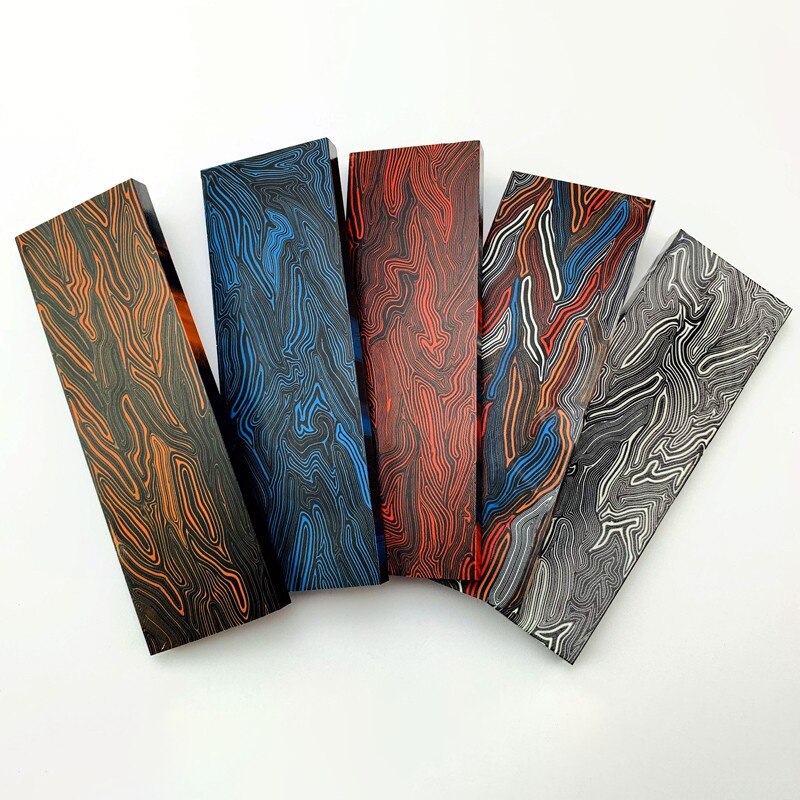
G10 формується за шарами. Це дозволяє фарбувати накладку в один або кілька кольорів, створюючи цікаві візуальні ефекти багатошаровості виробу. Зовні він нагадує мікарту — ще один популярний матеріал, з якого виготовляють накладки ножів ручної роботи «РоС»
Особливості виробництва накладок з G10
Більшість виробників піддають готові накладки з G10 піскоструминної обробки, що оголює структуру скловолокна. У результаті рукоятка набуває шорсткої поверхні, завдяки чому виключається ковзання в руці і забезпечується комфортне і безпечне використання ножів. Після фінішної обробки поверхня накладки може потьмяніти. Для відновлення яскравого, ефектного зовнішнього вигляду на останній стадії виготовлення вона покривається олією або полірується.
Майстер використовує накладки для рукояток із G10 з різними ножовими сталями – ATS 34, CPM154CM, D2, 440C, CPM S30V, 40Х13.
Переваги матеріалу
Цей сучасний матеріал має такі переваги:
- легко витримує навантаження на гнучкість та розтягування;
- має стійкість до ударних навантажень;
- не вбирає вологу;
- відрізняється високою густиною;
- стійкий до радіації та впливу хімікатів;
- має низьку електропровідність;
- не розсихається та не деформується;
- стійка перед високими температурами.
Ще одна перевага даного матеріалу — відмінне співвідношення механічної міцності та малої ваги. Це дозволяє отримувати міцні накладки з хорошими експлуатаційними характеристиками, які не обтяжують ножі.
Якісні та оригінальні накладки з G10 стали чудовою прикрасою ексклюзивних та неповторних ножів майстерні Студія "Ножі ручної роботи Павла Гончаренка" (Україна), який пропонує замовити та купити інтернет-магазин https://knife.net.ua
Стабілізований морений граб
Морений граб що таке. Листопадне дерево граб та його незвичайні властивості
Опис
Характеристика деревини
Чорний граб
Перед застосуванням будь-яких видів кріплення потрібно попереднє свердління матеріалу. Шурупи та цвяхи він тримає чудово, що добре підходить для забезпечення з'єднань меблів та складних деталей.
При використанні свіжої деревини в побуті виробу рекомендовано вирізувати і обточувати, доки матеріал не висушений, - у такому вигляді його простіше обробити.
Незважаючи на природну високу щільність та зносостійкість, граб вважається досить складною і малопрактичною породою, оскільки швидко розмокає, схильний до ураження грибком та іншими біологічними патогенами. Без додаткового протруювання та оздоблення він не застосовується, не підходить і для зовнішніх робіт. Звита структура волокон і низька здатність до склеювання не дозволяє використовувати граб як конструкційний будівельний матеріал: фанери або клеєного бруса. Для зовнішніх робіт не застосовують. Усередині приміщень поверхня з граба повинна покриватися захисними просоченнями та товстими шарами лаку. Не варто використовувати матеріал у кімнатах із високою вологістю.
Сфери та особливості застосування
Своє призначення ця деревина знаходить там, де потрібна стійкість до ударних навантажень: у виготовленні декоративних елементів, деталей механізмів, предметів спортивного призначення. З неї виробляють:
- ключки для гольфу, більярдні киї;
- ткацькі човники;
- сільськогосподарські знаряддя праці;
- корпуси та елементи грифів скрипок, гітар, деталі роялів, інших музичних інструментів;
- обробні дошки, ручки ножів;
- скриньки, іграшки, сувеніри, рами для картин, панно та фотографій;
- меблі, паркет, деталі оформлення інтер'єру.
Завдяки благородному світло-перлинному забарвленню та міцності, деревина граба має високу художню цінність і використовується у створенні мозаїчних малюнків, фризів та елементів декору.
З грабу виробляють деталі повітряних гвинтів у літакобудуванні.
У середньому ціна на 1м³ деревини, залежно від виробника, становить 645–800 доларів.
Вважається, що меблі або обробка з цього виду деревини позбавляє втоми, надає фізичних сил, допомагає скоординувати думки і дії, позбутися поганого настрою.
Чорний граб
Світла структура дерева з маловираженим природним малюнком робить його привабливим виготовлення різних імітацій. Методом протруювання матеріалу отримують чорний граб, який за властивостями та зовнішнім виглядом подібний до ебенового дерева. Для якісного фарбування застосовують нігрозини – спеціальні суміші на основі аніліну, нітробензолу та соляної кислоти, розчинені у воді чи спиртах. Вони надають матеріалу чистого яскравого кольору, який не боїться впливу прямих сонячних променів. Професійне протруювання передбачає наскрізне забарвлення всієї товщі матеріалу, а не поверхневе нанесення фарби. Самостійно протравлювати деревину не рекомендується, тому що при використанні самопальних хімічних барвників вона може втратити міцність, стати пухкою або профарбуватися нерівномірно. Майстерно виготовлений, імітований під ебен чорний граб має дуже темний фіолетовий відтінок, що не вигорає і не линяє з часом, не мажеться при механічному впливі на поверхню. Чорний граб продається малими партіями як невеликих брусків.
Рекомендовані товари

Доставка і оплата
Доставка і оплата
Доставка Новою Поштою
Швидкість доставки в будь-яке відділення Нової пошти в Україні фіксується оператором, але зазвичай не перевищує 1-3 календарних днів.
Готівкою
Оплата готівкою при отриманні товару.
Післяплатою на Новій Пошті (при собі необхідно мати паспорт або водійське посвідчення).
Visa и MasterCard
Оплата замовлення на карту Приват Банку.
Доставка товару можлива тільки після підтвердження платежу.
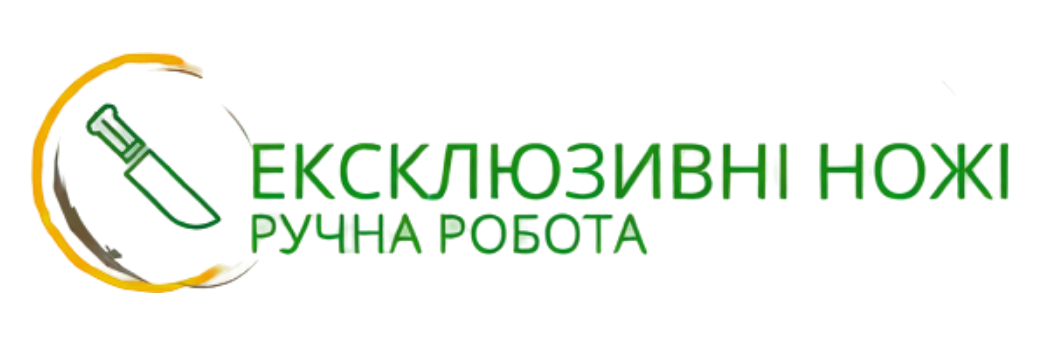






















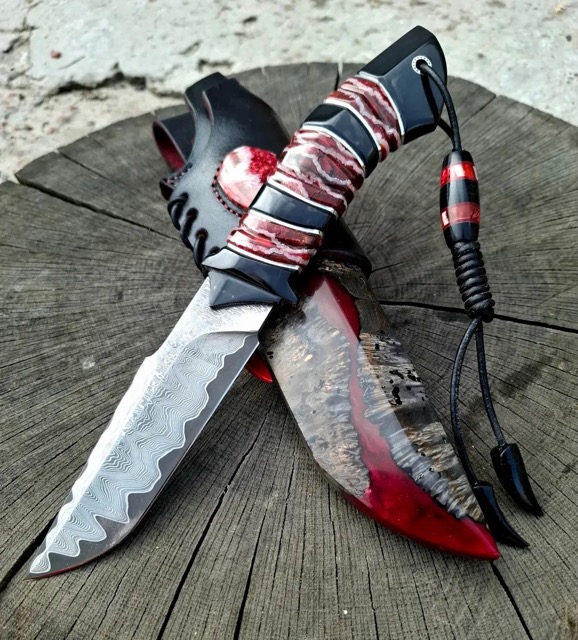

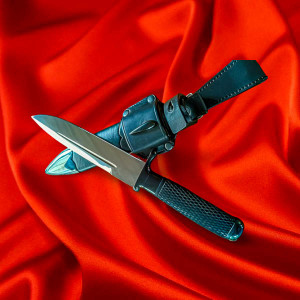
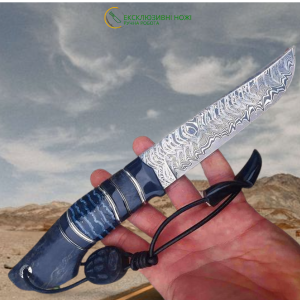
-300x300.png)
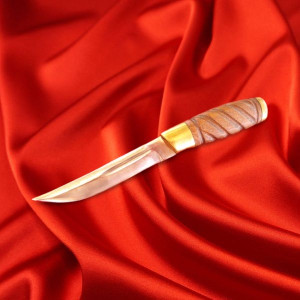
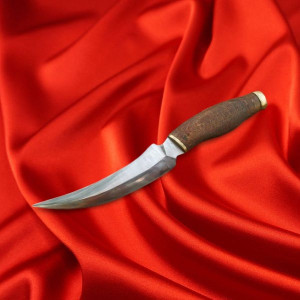
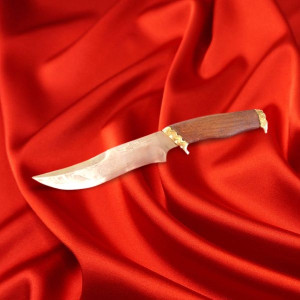
 мисливський ніж/ПЕРО_2 мисливський ніж111-300x300.jpg)
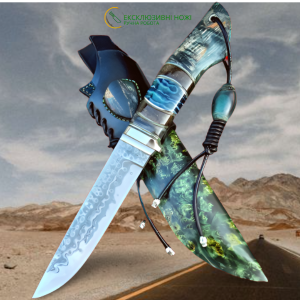
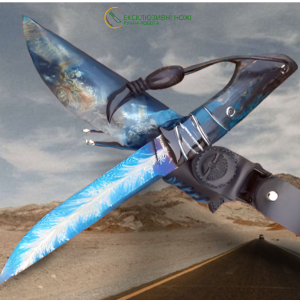

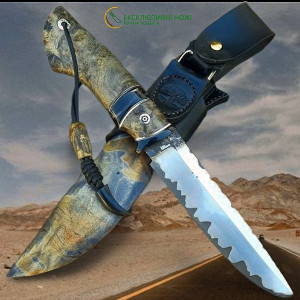
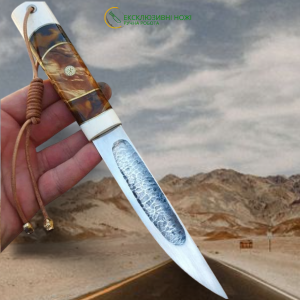
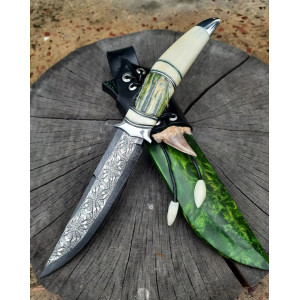
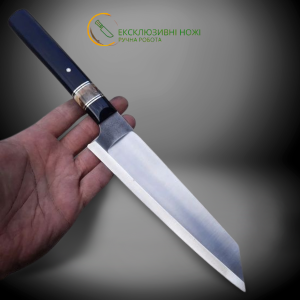

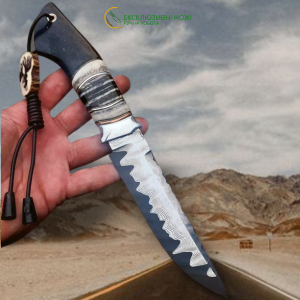
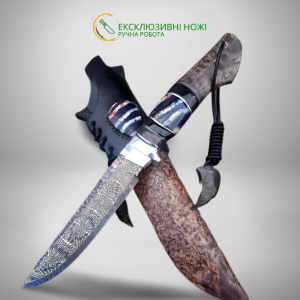
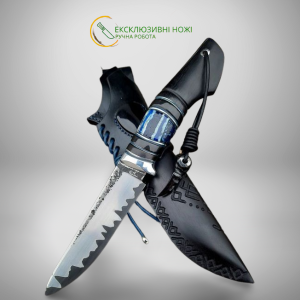
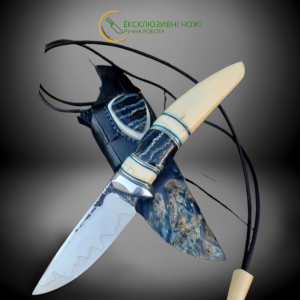
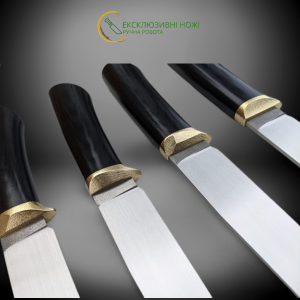
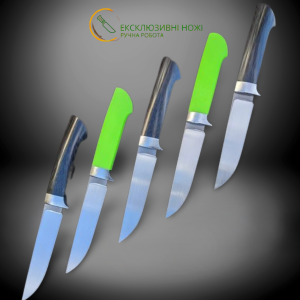
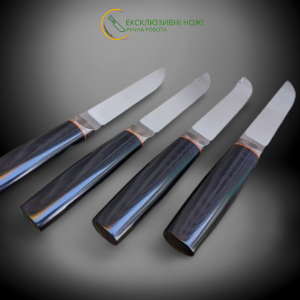
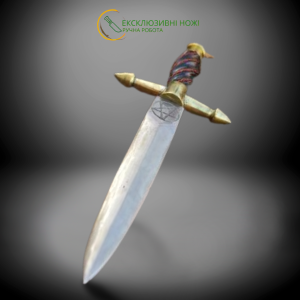
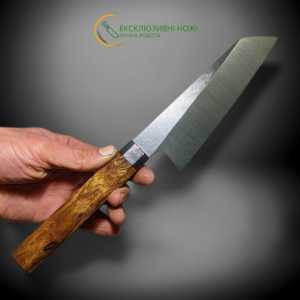

/КЛОНДАЙК (шукач скарбів) н6іж ручної роботи майстра студії ножів Павла Гончаренка-300x300.png)
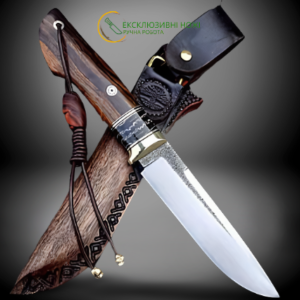
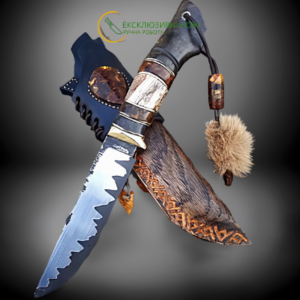
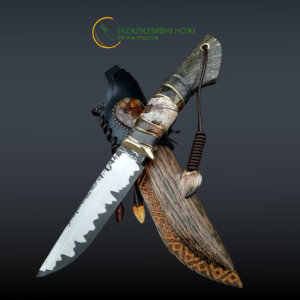
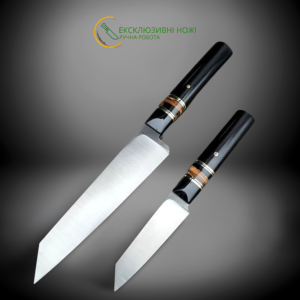
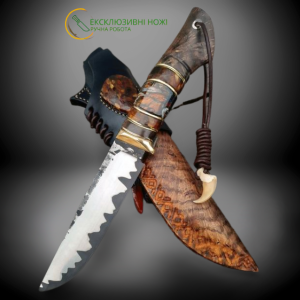
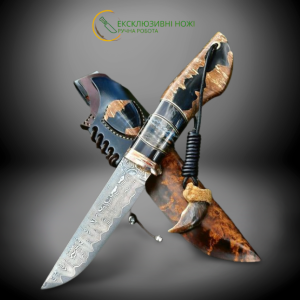
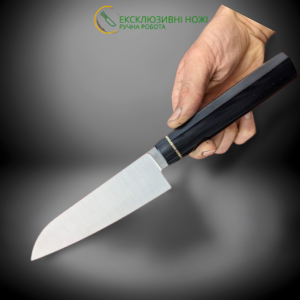
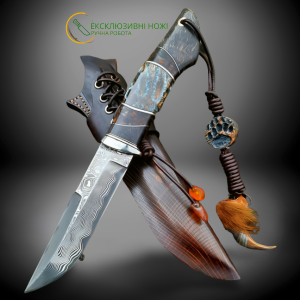






-300x300.png)
 — середнє 2-300x300.jpg)






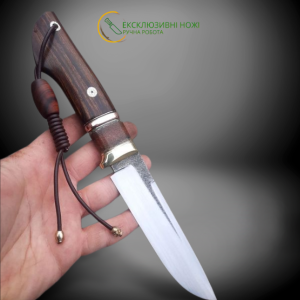






































































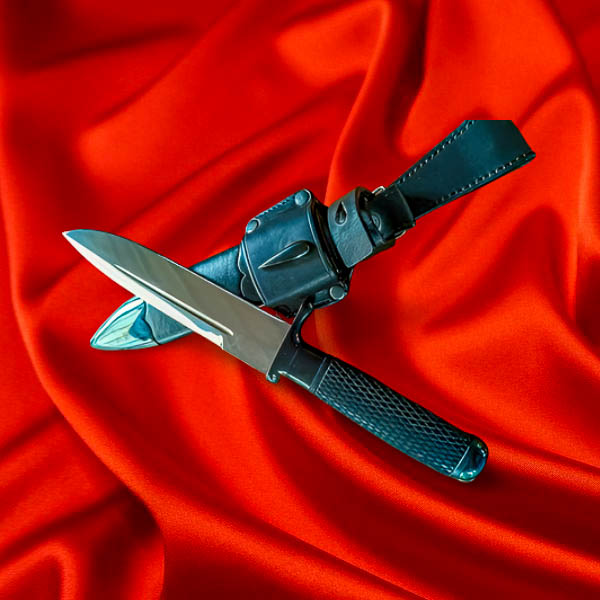


-600x600.png)
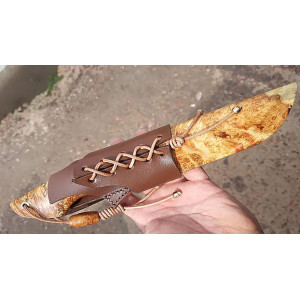
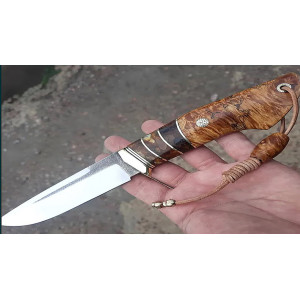






_заст-600x600.png)
9-300x300.jpg)
6-300x300.jpg)


























